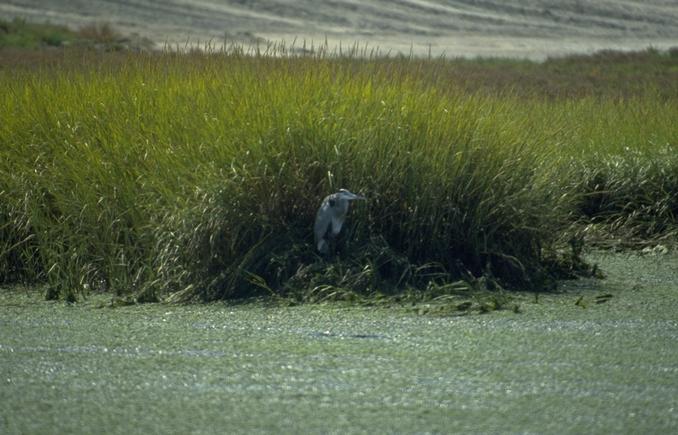
Wide banks at ebb tide; oyster flats below the tidal marsh.
Adult oysters live in bays or sounds, or river estuaries rather than in waters of full oceanic salinity, and so it is to the advantage of the race for dispersal of the young stages to take place in a direction away from the open sea."
pp. 33-34.
Oysters are a keystone species that contribute to the productive potential of estuaries and were a defining element in Karl Mobius' (19th century) concept of the biotic community or biocoenose. *
In many estuaries the ebb tide runs longer than the flood, having the added push of the volume of the stream discharge behind it, and the resulting seaward drift over the whole two-week period of larval life would carry the young oysters many miles to sea."
p. 34.
A sharp change in behavior sets is,...as the larvae grow older."
"They now drop to the bottom while the tide ebbs, avoiding the seaward drift of water, but with the return of the flood they rise into the currents that are pressing upstream, and so are carried into regions of lower salinity that are favorable to their adult life."
p. 34.
Rachel Carson The Edge of the Sea
Note: an association of different organisms forming a closely integrated community; biotic community.